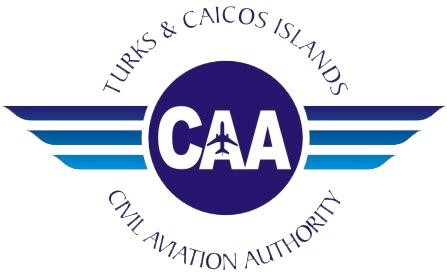Healthy Flight Tips
The air in the aircraft cabin is often quite dry (because it has low humidity) and this can lead to your lips, nose, eyes and skin feeling tight, dry or uncomfortable. Contact lens wearers may find that they need to remove their lenses. The dry atmosphere does not lead to dehydration and you do not need to drink extra water.
Try to avoid drinking too much alcohol
Being seated for a long time, such as on flights longer than about four hours, may increase the risk of developing blood clots in the veins in your legs (also known as deep vein thrombosis or DVT). Some airlines provide information in their in-flight magazine or entertainment system on exercises you can do in your seat to try and reduce the risk. You should try to walk up and down the aisles from time to time, when the seat belt signs are off and it is safe to do so as well as doing these exercises. Some people are at increased risk of DVT and may need to speak to their doctor before travel about additional precautions, such as compression stockings (‘flight socks’) or medication.
Wear loose clothing
Consider taking a small-sized hand-wash gel on the plane to clean your hands before eating. (Be careful with the size due to limits on liquids in hand luggage).
On most aircraft, some of the cabin air is re-circulated. The re-circulated air is filtered before re-entering the cabin and does not carry bacteria or viruses. Like any public place where people are in close contact with one another, germs can easily be spread on aircraft. If you have an infection you may spread this to passengers seated around you particularly if you have a cough. Be considerate – avoid travel if you are unwell and if you do develop a cough while travelling, make sure that you cover your mouth when coughing, dispose of any tissues safely and wash your hands.
